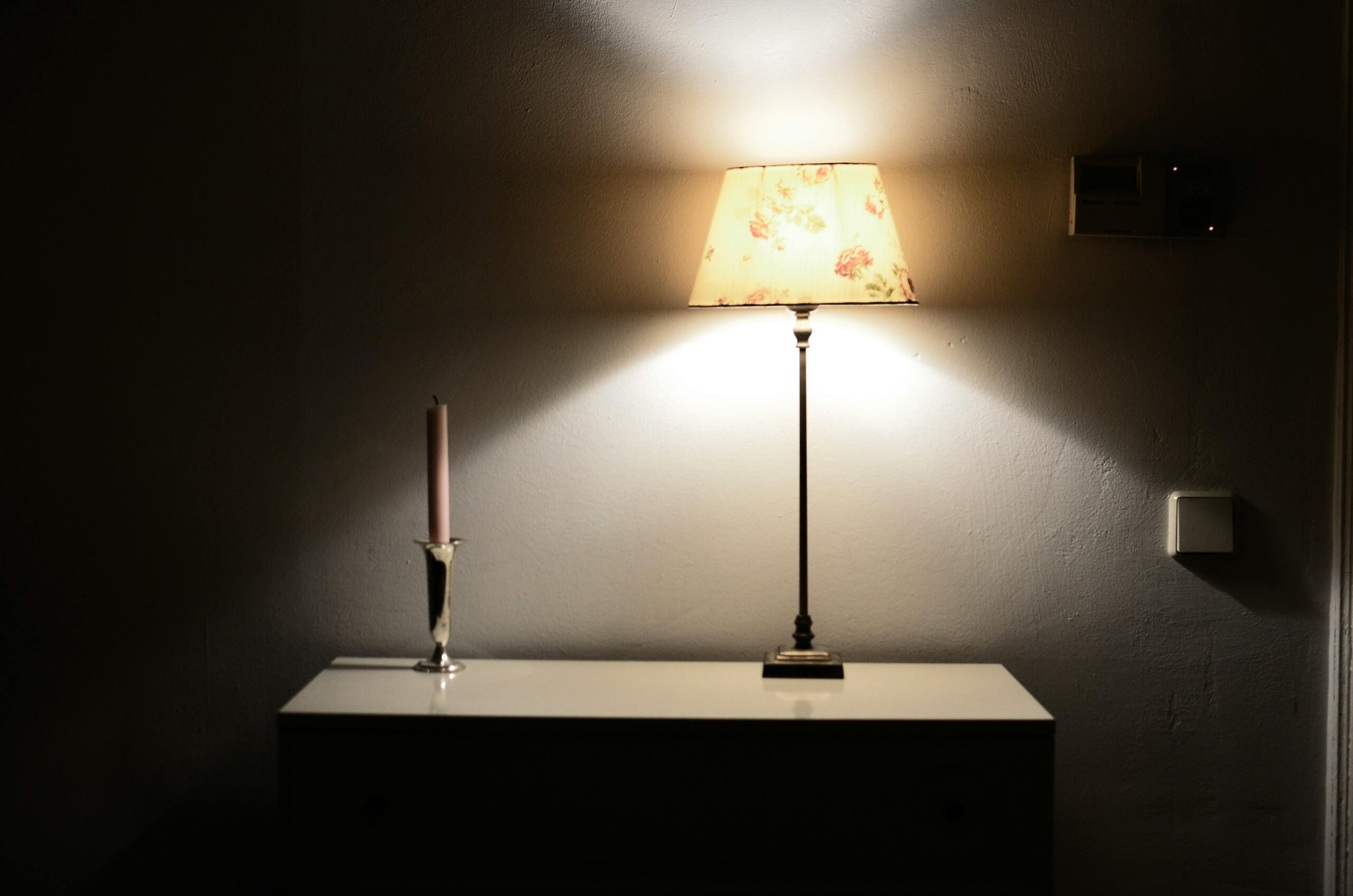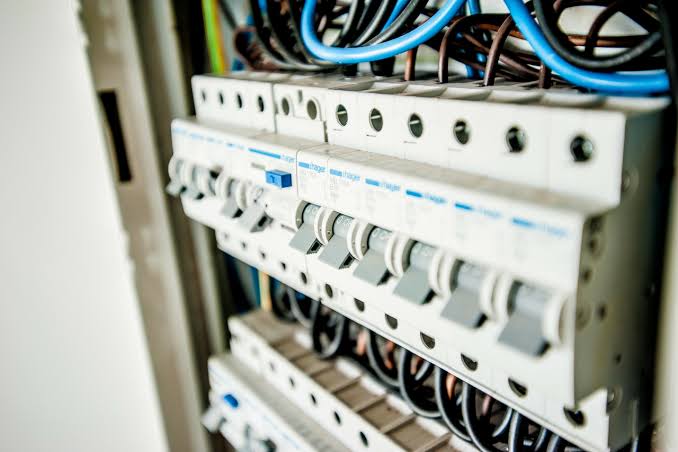Understanding LED Lights and Dimming
LED lights have become increasingly popular due to their energy efficiency and long lifespan. However, many people wonder how to dim LED lights without a dimmer switch. Traditional incandescent bulbs can be easily dimmed by reducing the voltage, but LEDs require a different approach. In this blog post, we’ll explore various methods to achieve the perfect ambiance with your LED lights, even without a dedicated dimmer.
Method 1: Using Smart Bulbs
One of the easiest ways to dim LED lights without a dimmer is by using smart bulbs. These technologically advanced bulbs can be controlled via smartphone apps or voice assistants.
Steps to dim LED lights using smart bulbs:
- Purchase compatible smart LED bulbs
- Install the bulbs in your existing fixtures
- Download the manufacturer’s app on your smartphone
- Connect the bulbs to your home Wi-Fi network
- Use the app to adjust brightness levels
Smart bulbs offer the added benefit of color changing options and scheduling features. Some popular brands include Philips Hue, LIFX, and TP-Link Kasa.
Method 2: Inline Resistors
For those comfortable with basic electrical work, using inline resistors is a cost-effective method to dim LED lights without a dimmer switch.
How to use inline resistors:
- Calculate the appropriate resistor value based on your LED specifications
- Purchase the correct resistor
- Turn off the power to the light fixture
- Install the resistor in series with the LED light
- Test the setup and adjust as necessary
It’s important to note that this method may reduce the overall lifespan of your LED bulbs and should be approached with caution.
Method 3: Voltage Reduction
Another way to dim LED lights is by reducing the voltage supplied to them. This can be achieved using a variable voltage power supply or a potentiometer.
Steps for voltage reduction:
- Determine the voltage range of your LED lights
- Purchase a compatible variable voltage power supply or potentiometer
- Connect the power supply or potentiometer to your LED circuit
- Adjust the voltage to achieve the desired brightness level
This method requires some electrical knowledge and should only be attempted by those familiar with basic circuitry.
Method 4: DIY Dimming Circuit
For the more technically inclined, building a DIY dimming circuit can be an interesting project that allows for precise control over LED brightness.
Components needed for a basic DIY dimming circuit:
- Arduino or similar microcontroller
- MOSFET transistor
- Resistors
- Potentiometer
- Breadboard and jumper wires
By programming the microcontroller and using pulse-width modulation (PWM), you can create a custom dimming solution for your LED lights.
Method 5: Remote-Controlled LED Bulbs
Remote-controlled LED bulbs offer a simple, plug-and-play solution for dimming without a dedicated dimmer switch.
Benefits of remote-controlled LED bulbs:
- Easy installation
- No wiring changes required
- Multiple bulbs can be controlled with a single remote
- Often include color-changing options
Simply replace your existing bulbs with remote-controlled LED bulbs and use the provided remote to adjust brightness levels.
Safety Considerations
When attempting to dim LED lights without a dimmer, it’s crucial to prioritize safety:
- Always turn off the power before working on any electrical components
- Ensure compatibility between your LED lights and chosen dimming method
- Be aware of voltage and current limitations
- If unsure, consult a professional electrician
Conclusion
Learning how to dim LED lights without a dimmer opens up a world of lighting possibilities. Whether you opt for smart bulbs, inline resistors, voltage reduction, DIY circuits, or remote-controlled bulbs, there’s a solution to fit every skill level and budget. Experiment with these methods to create the perfect ambiance in your home or office space.
Remember to always prioritize safety when working with electrical components, and don’t hesitate to seek professional help if you’re unsure about any aspect of the process. With these techniques, you can enjoy the energy efficiency of LED lighting while still having full control over your desired brightness levels.
Have you tried any of these methods to dim your LED lights? Share your experiences in the comments below!











